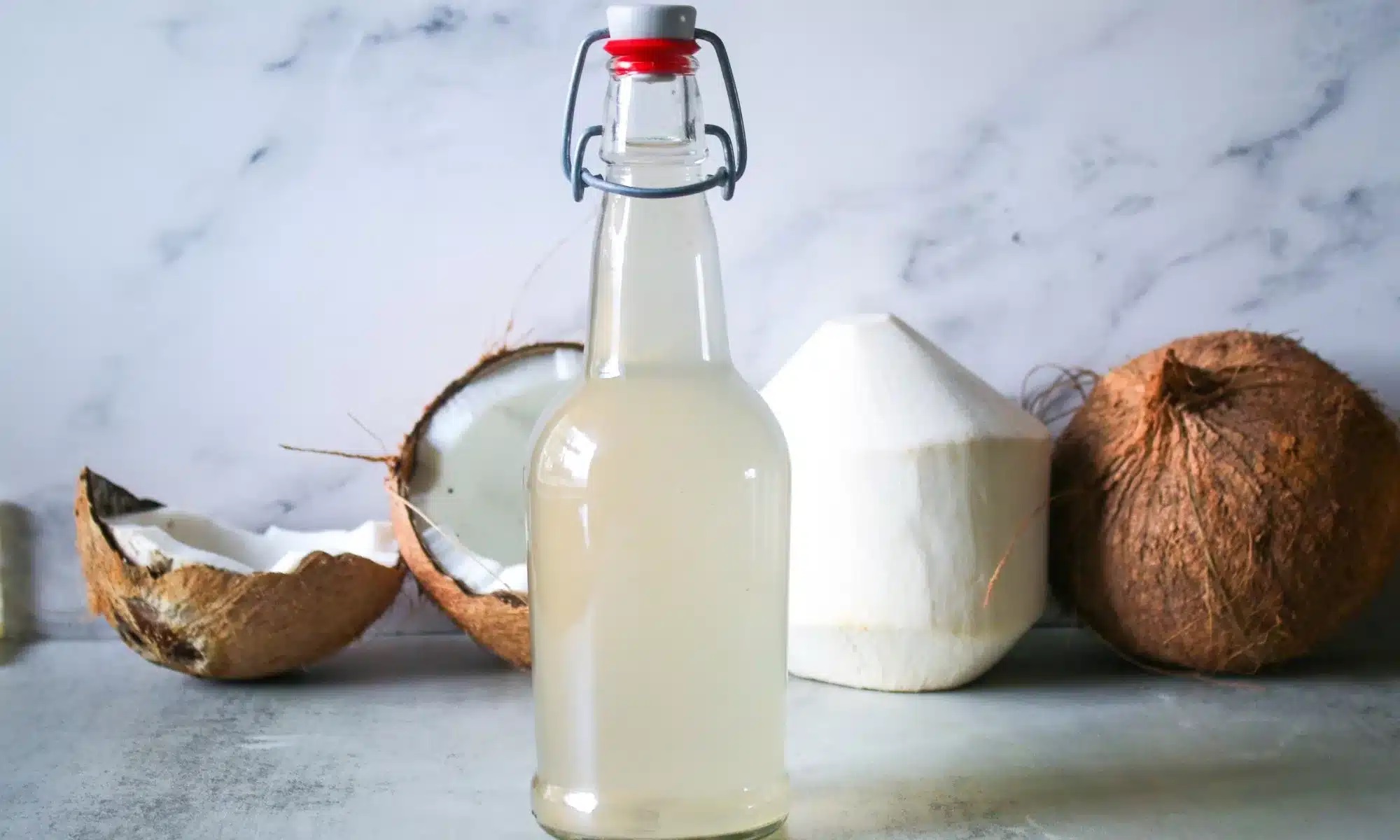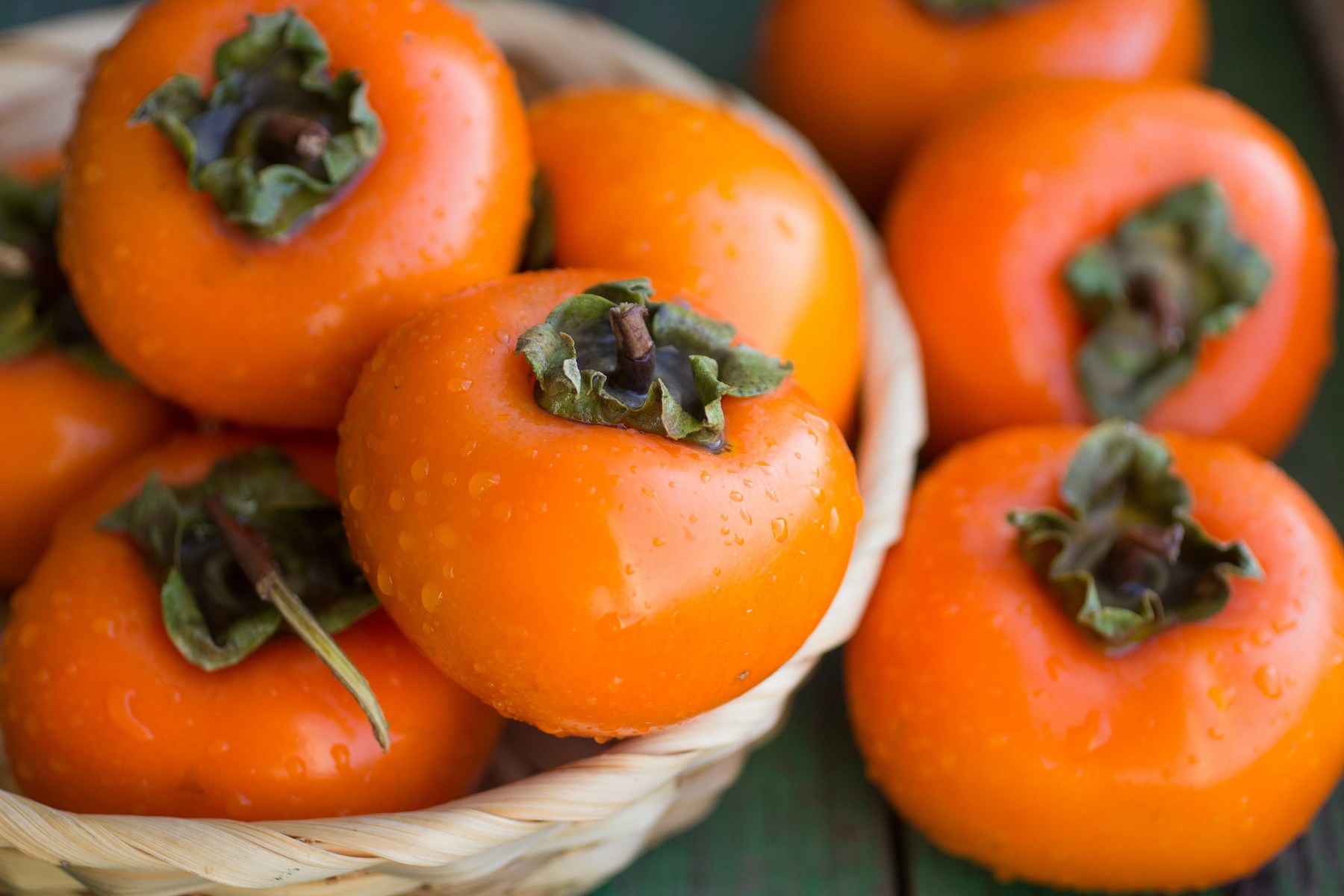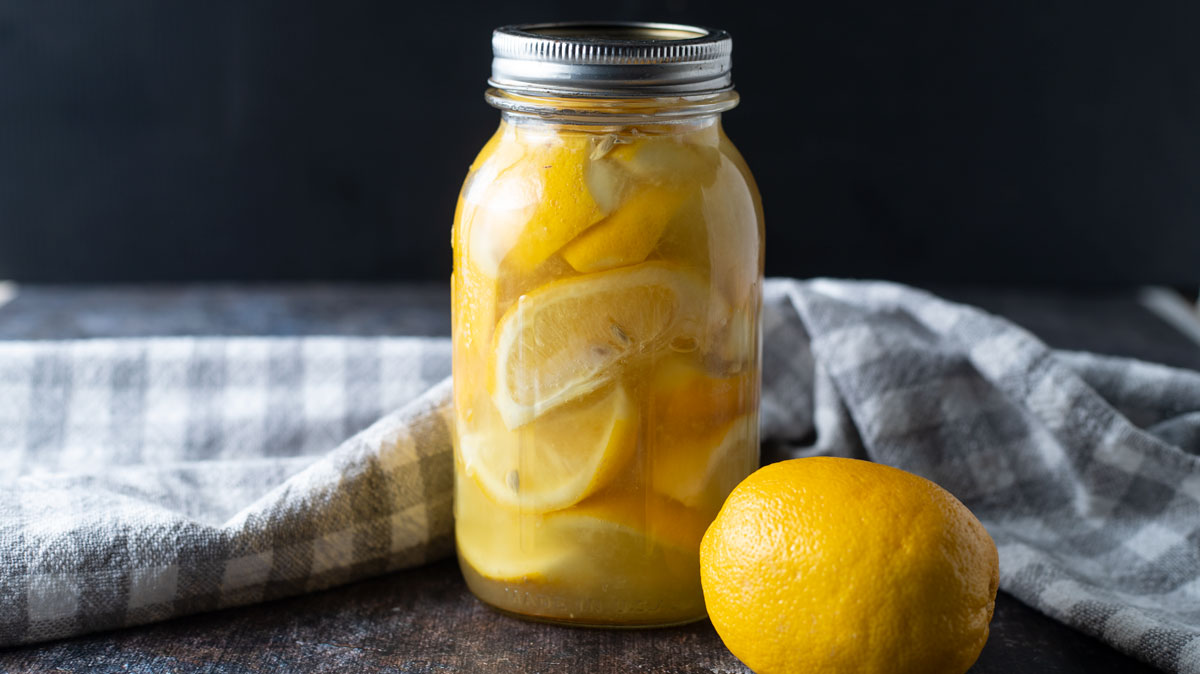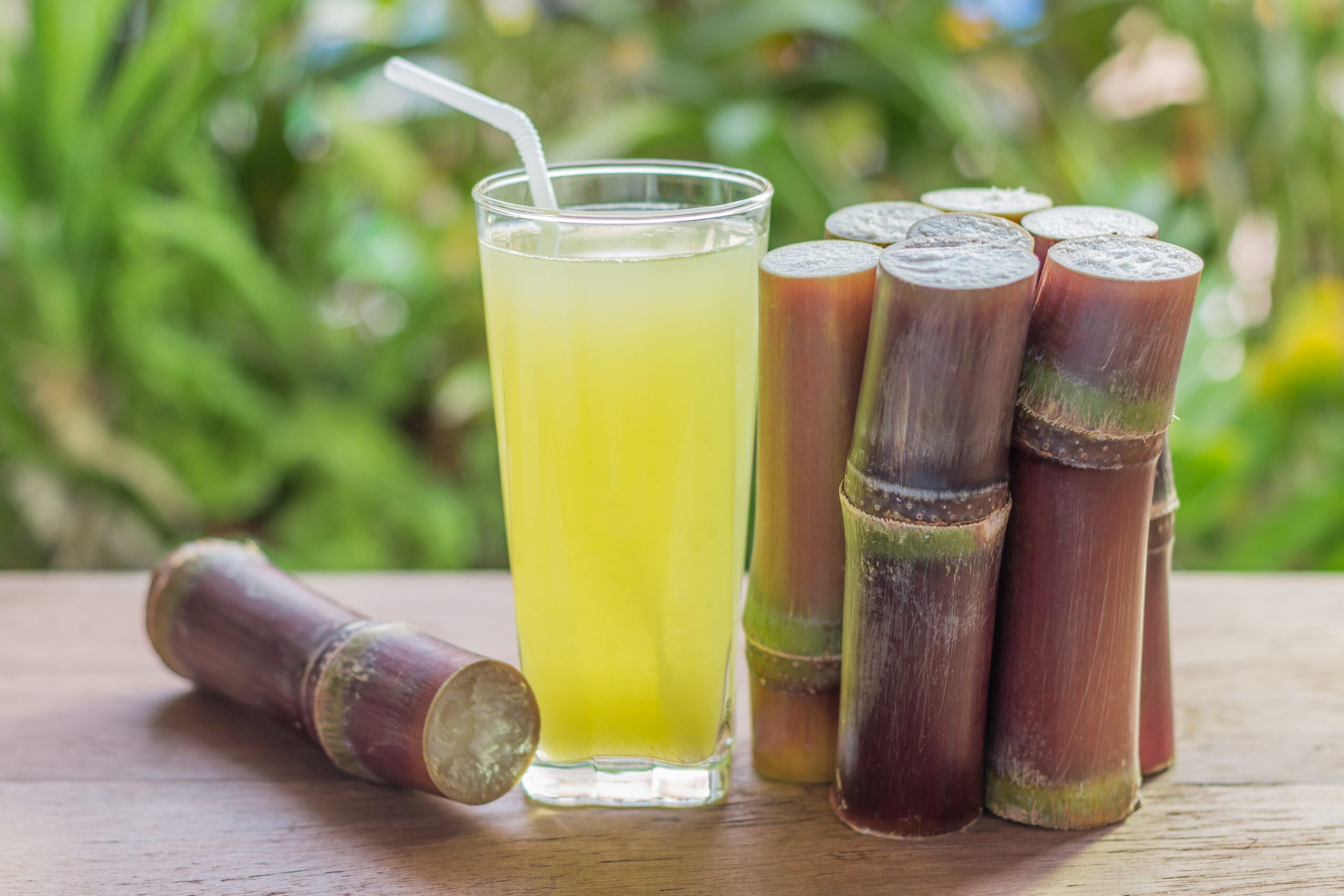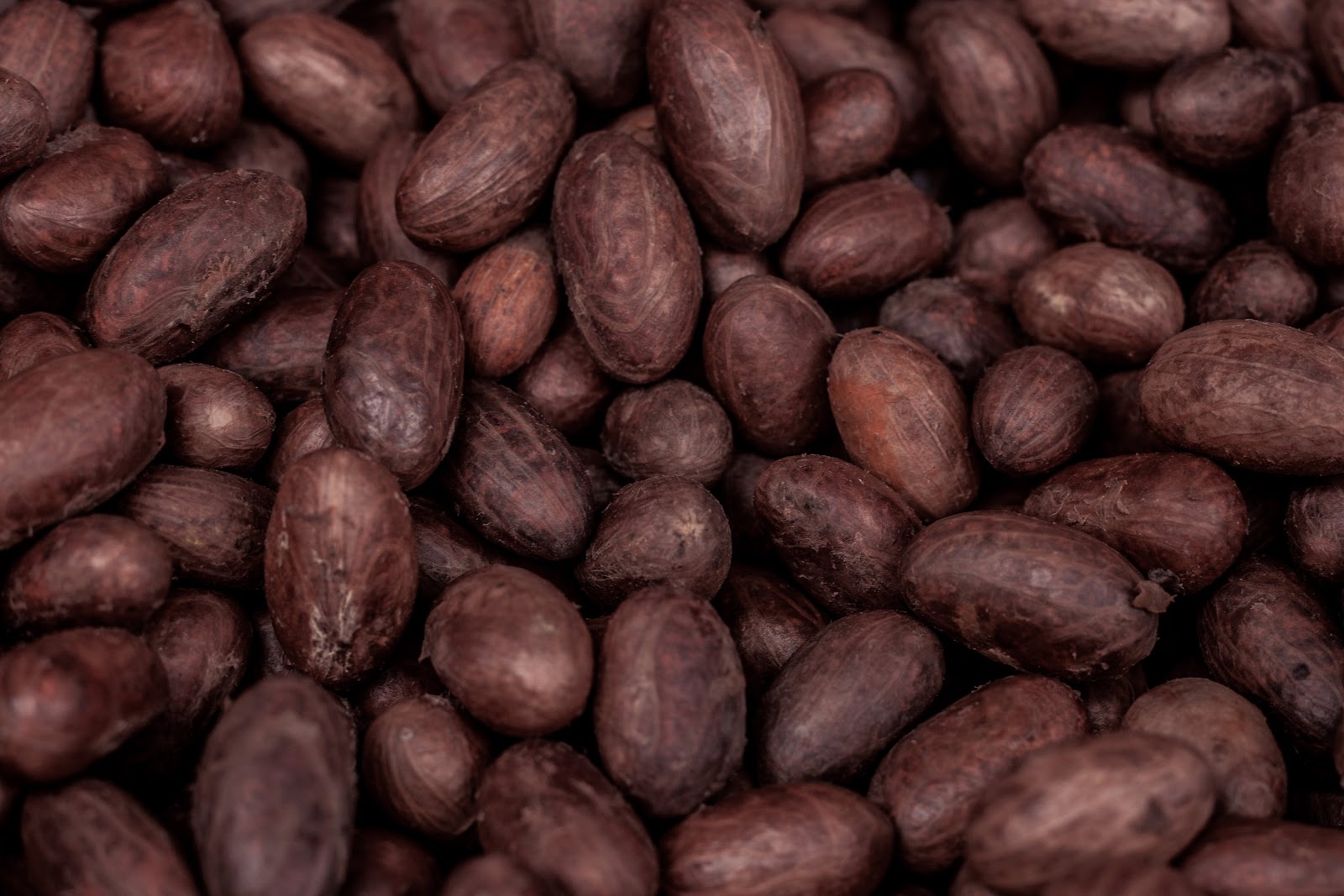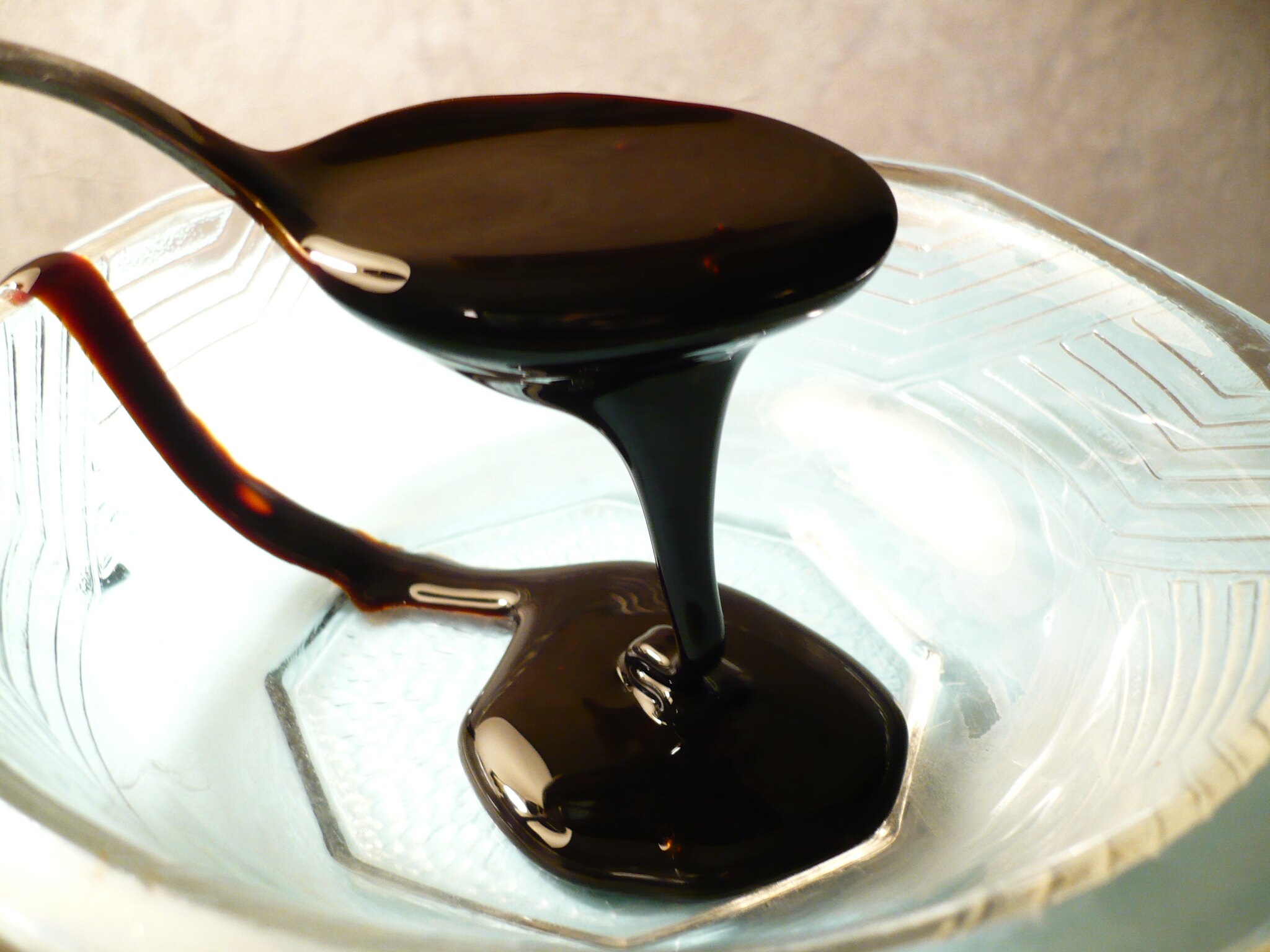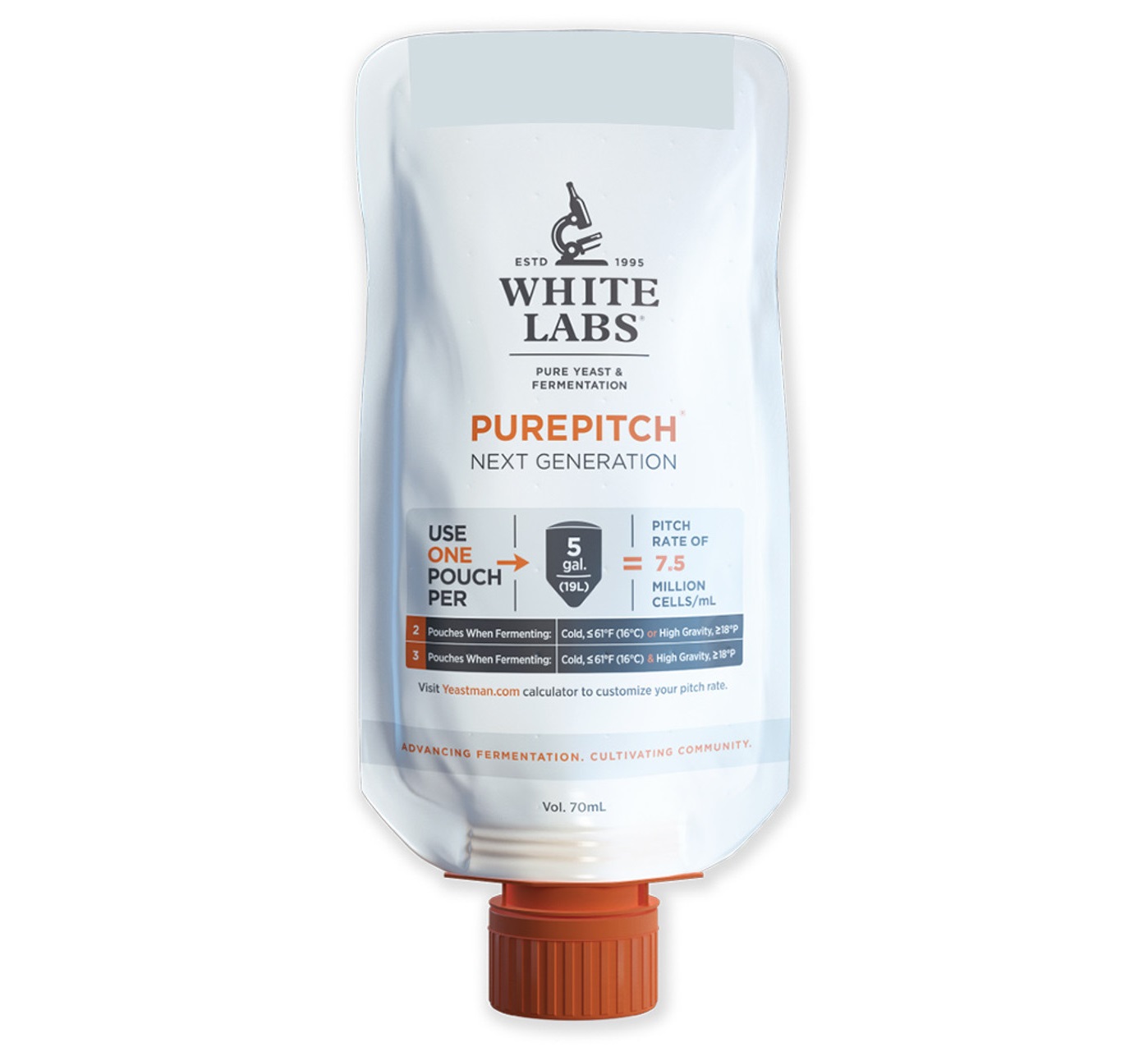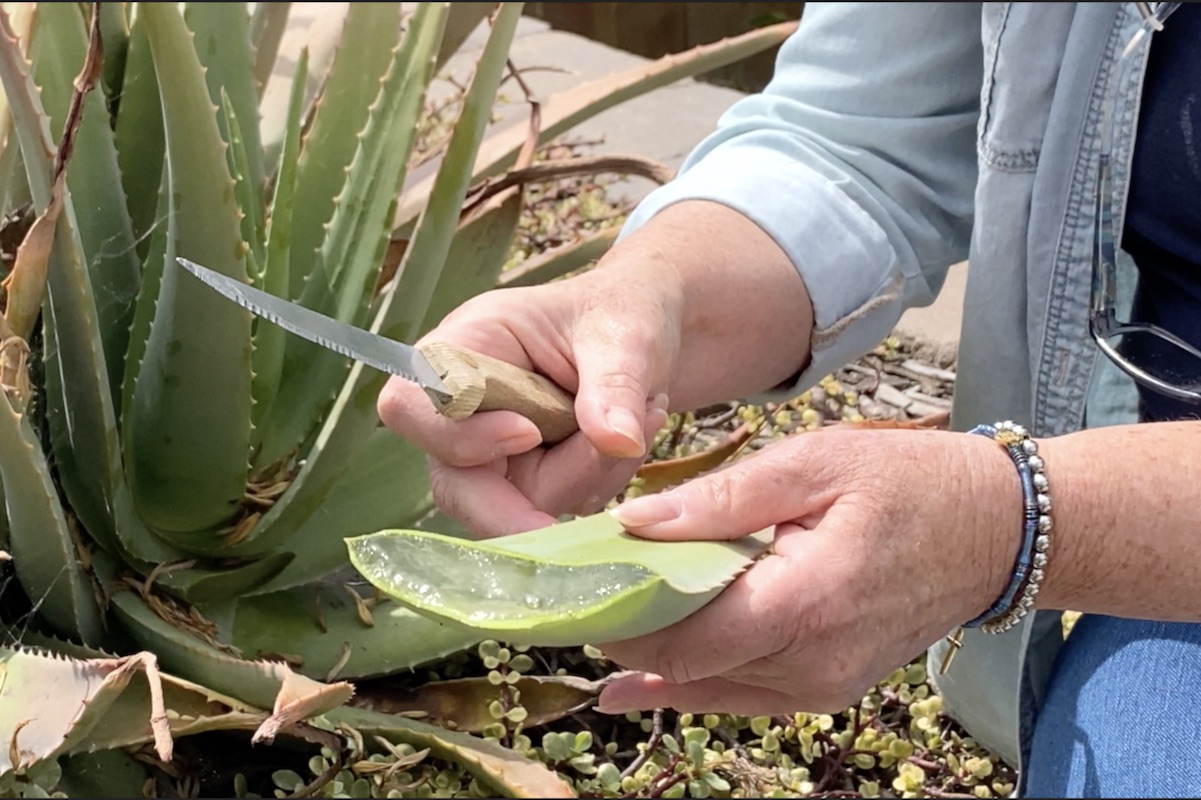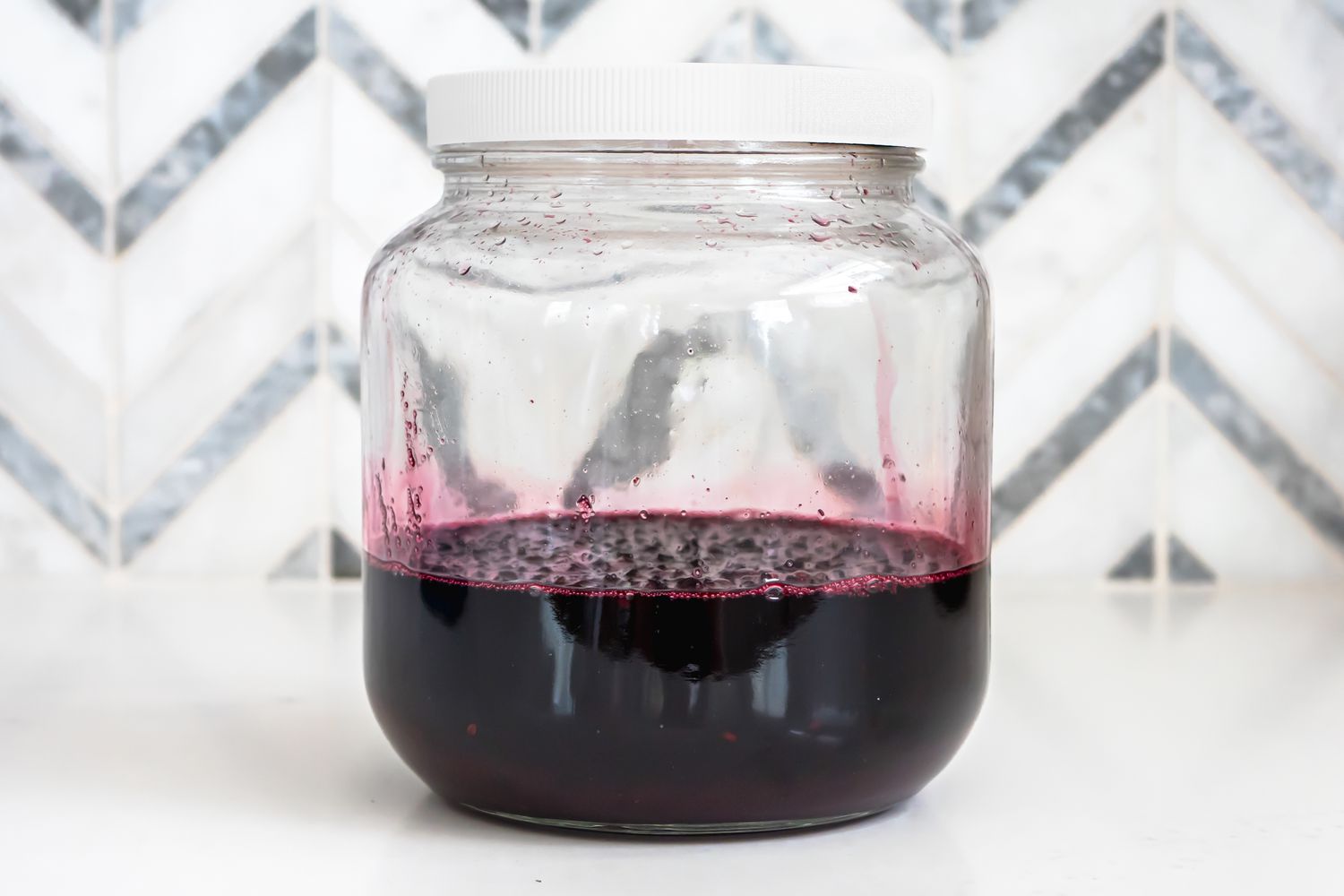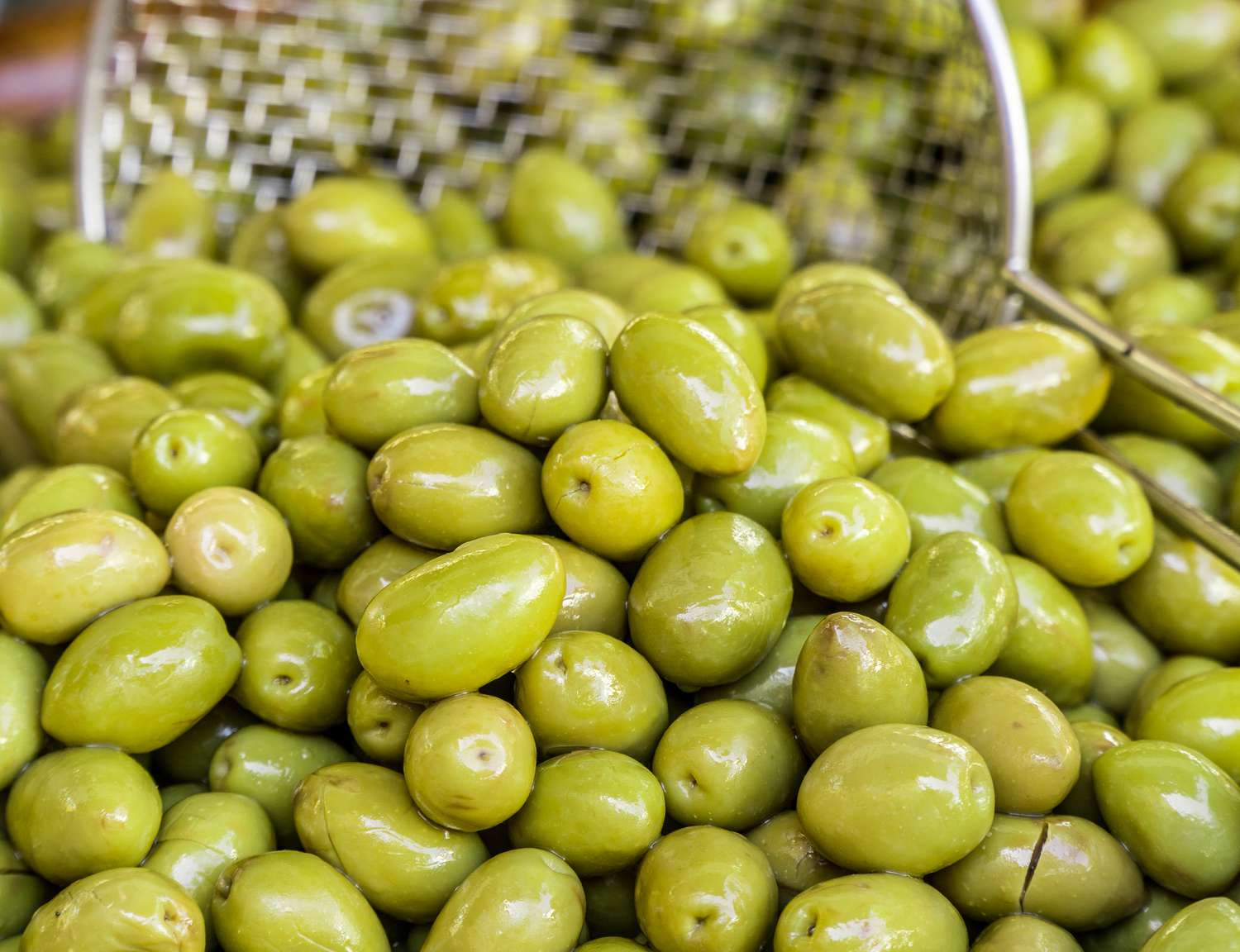Unlocking the Power of Fermented Daikon Radish
Welcome to the wonderful world of fermentation, where ordinary vegetables are transformed into flavorful, probiotic-rich delights. Today, we’re going to explore the process of fermenting daikon radish, a versatile and nutritious ingredient that can be enjoyed in a variety of dishes.
Why Ferment Daikon Radish?
Before we dive into the nitty-gritty of fermentation, let’s take a moment to appreciate the humble daikon radish. This elongated, white root vegetable is a staple in many Asian cuisines and is prized for its crisp texture and mild, slightly peppery flavor. When fermented, daikon radish undergoes a magical transformation, becoming tangy, slightly sour, and packed with beneficial probiotics.
Getting Started
Ready to embark on your fermentation journey? Here’s what you’ll need:
- Daikon Radish: Look for firm, unblemished daikon radishes at your local market or grocery store.
- Salt: Opt for high-quality sea salt or kosher salt, as iodized salt can inhibit the fermentation process.
- Seasonings (Optional): Get creative with flavorings like garlic, ginger, or chili flakes to customize your fermented daikon radish.
- Fermentation Vessel: A clean glass jar or ceramic crock will serve as the perfect home for your fermenting daikon radish.
- Weight: You’ll need something to weigh down the daikon radish and keep it submerged in its brine. A small plate or fermentation weight works well for this purpose.
The Fermentation Process
Now that you’ve gathered your supplies, it’s time to roll up your sleeves and start fermenting!
- Prepare the Daikon Radish: Wash the daikon radish thoroughly and peel off any tough or blemished areas. Cut it into uniform pieces or julienne strips, depending on your preference.
- Create the Brine: In a non-reactive bowl, mix water and salt to create a brine solution. The ideal ratio is 1 tablespoon of salt per 2 cups of water.
- Combine and Pack: Place the daikon radish pieces in your fermentation vessel and pour the brine over them, making sure they are fully submerged. Add any seasonings at this stage for extra flavor.
- Weigh It Down: Lay a clean plate or fermentation weight on top of the daikon radish to keep it submerged in the brine. This helps prevent mold and encourages proper fermentation.
- Patience Is Key: Cover the vessel with a clean cloth or lid to keep out debris and insects. Allow the daikon radish to ferment at room temperature, away from direct sunlight, for 1-2 weeks. Check on it periodically to ensure everything is progressing smoothly.
- Taste and Enjoy: Once the fermentation period is complete, taste a piece of the daikon radish. If it has reached your desired level of tanginess, it’s ready to be transferred to the refrigerator for long-term storage. Enjoy your homemade fermented daikon radish in salads, sandwiches, or as a zesty condiment!
Health Benefits of Fermented Daikon Radish
Aside from its mouthwatering flavor, fermented daikon radish offers a host of health benefits. Thanks to the natural fermentation process, it becomes a probiotic powerhouse, teeming with beneficial bacteria that support gut health and digestion. Additionally, the fermentation of daikon radish can enhance its nutrient profile, making essential vitamins and minerals more readily available for absorption.
Get Creative!
Now that you’ve mastered the art of fermenting daikon radish, feel free to experiment with different flavor combinations and serving suggestions. Whether you incorporate it into traditional dishes or use it as a unique topping, fermented daikon radish is sure to add a delightful zing to your culinary creations.
So, what are you waiting for? Grab some daikon radishes and embark on your fermentation adventure. Your taste buds and your gut will thank you!
Was this page helpful?
Read Next: How To Ferment Pizza Dough
